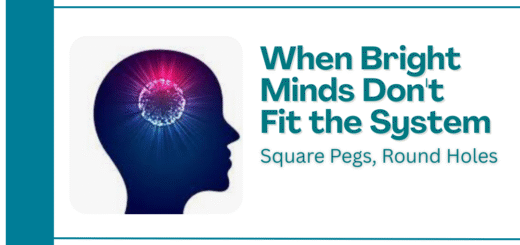How to Sell to Budget-Conscious Buyers Without Compromising Value
Introduction
Price is often the first thing buyers look at, especially when budgets are tight. But the smartest salespeople know that winning over cost-conscious customers isn’t about slashing prices. It’s about making them see why your product or service is worth every penny.
Take Sarah, a sales rep for a mid-tier SaaS company. While her competitors raced to the bottom with discounts, she focused on showing prospects how her software saved them money long-term by cutting inefficiencies. The result? She closed more deals at full price than rivals who undercut themselves.
The Real Math Behind Buying Decisions
Whether it’s a small-business owner or a corporate buyer, everyone evaluates purchases with a simple question: “Is this worth it?” But how they define “worth” varies:
- For consumers, it’s about durability, convenience, or how often they’ll use it. (Think: Paying extra for a dishwasher that’s whisper-quiet and saves water.)
- For businesses, the stakes are higher. They’re weighing ROI, risk, and how a purchase impacts their team’s productivity or customer satisfaction. A cheap tool that crashes constantly? That’s a hidden cost.
What Business Buyers Actually Care About
Price matters, but it’s rarely the deciding factor for professionals. Here’s what tips the scales:
- “Will This Make or Save Us Money?”
Buyers need proof of ROI—like how a $500/month CRM pays for itself by reducing missed follow-ups. Case studies trump price tags every time. - “Can We Trust This Won’t Fail Us?”
A $10,000 piece of equipment that lasts 10 years beats a $6,000 alternative needing constant repairs. Reliability is a currency. - “Does This Fit OurWorkflow?”
Generic solutions often create headaches. A marketing agency might pay 20% more for software that integrates with their existing tools, saving hours of manual work. - “Who’s Got Our Back After the Sale?”
A vendor who answers the phone at 8 PM during a crisis? That’s worth a premium.
How to Stand Out (Without Lowering Your Price)
In crowded markets, differentiation is everything. Here’s how to shift the conversation from cost to value:
- Lead with unique advantages: “Our onboarding cuts setup time in half—your team starts seeing results by Week 2.”
- Solve a specific pain: A restaurant supplier might highlight how their inventory system reduces food waste by 15%, directly boosting profits.
- Offer flexibility: Payment plans, modular pricing, or free training can make higher upfront costs feel manageable.
Building Trust When Every Dollar Counts
Budget-conscious buyers are often skeptical. Break through with:
- Transparency: No hidden fees. Explain pricing plainly—”This covers X, Y, and Z—no surprise charges later.”
- Social proof: “85% of our clients renew because they see ROI within 90 days.”
- Risk reversal: Free trials or money-back guarantees ease fears of buyer’s remorse.
The Psychology of Price Sensitivity
Even the most rational buyers are swayed by emotion. Tap into:
- Fear of loss: “Sticking with outdated tools costs the average team 12 hours a month in manual work.”
- FOMO: “Our clients who upgraded last quarter are already reporting faster project turnaround.”
- Fairness: Show the whybehind pricing. “We invest in 24/7 support—that’s why we’re not the cheapest, but we’re the most reliable.”
When Price Objections Come Up
Instead of discounting, try:
- Reframing: “I get that it’s an investment. Let’s look at how this pays off over a year.”
- Comparing trade-offs: “The budget option requires a dedicated IT person to maintain—ours includes full support.”
- Tiered options: “Our starter plan covers the basics, but the Pro plan automates the tasks eating up your team’s time.”
Final Takeaway
Cheap is easy. Value is convincing. When you show buyers how your solution solves their actual problems—saving time, stress, or money—price becomes secondary. Focus on making them feel confident in their decision, and they’ll remember you as the partner who delivered, not the vendor who gave a discount.
Example: A landscaping company won municipal contracts by proving their slightly higher bid included soil health monitoring—reducing the city’s long-term replanting costs. The cheapest bidder lost.
Bottom line: Sell outcomes, not products. That’s how you win the budget-conscious buyer.


